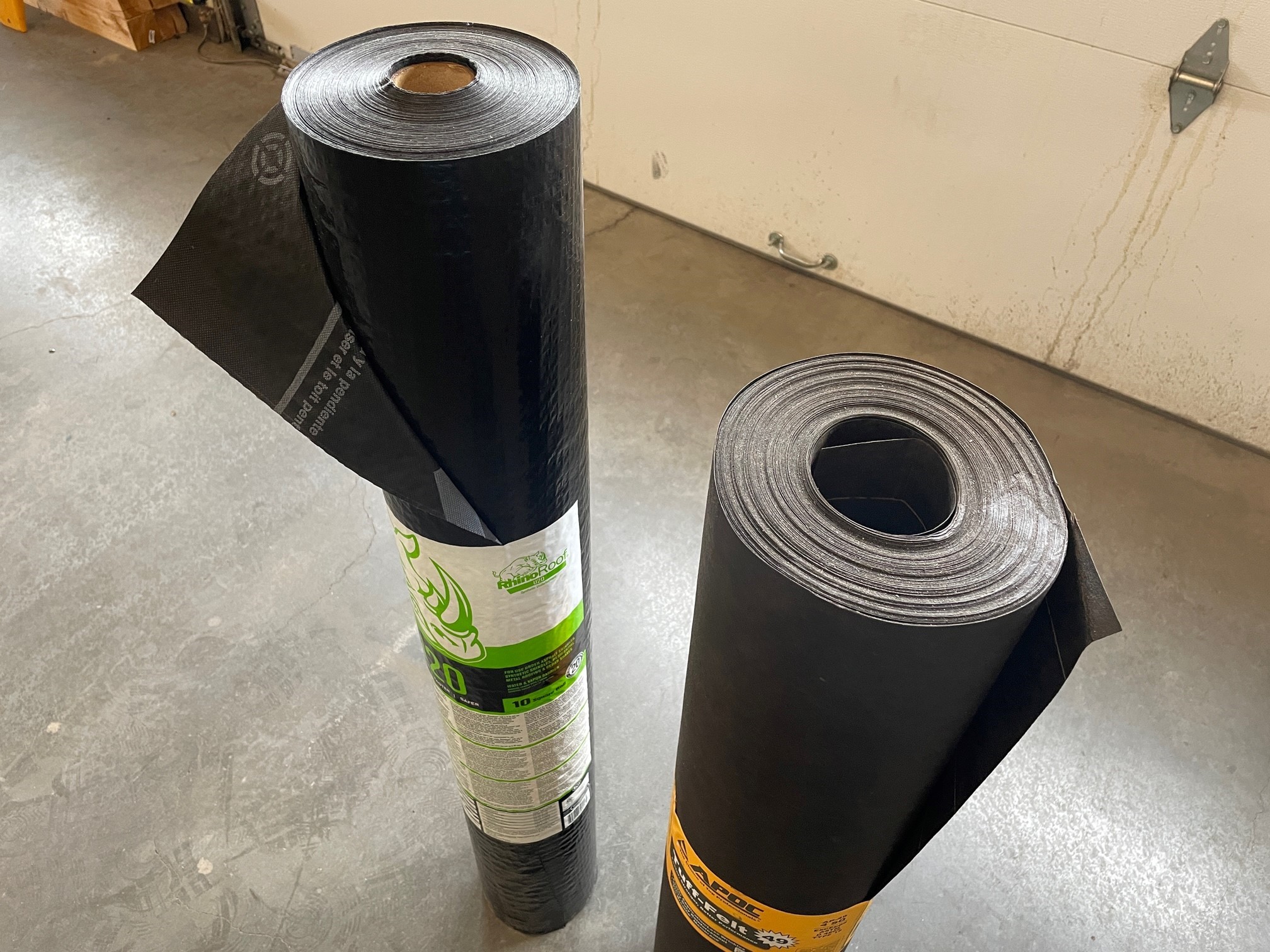When you’ve by no means seen how a brand new roof is put in, you would possibly assume that the shingles are laid straight over the roofing deck, which is often plywood or one thing referred to as OSB: oriented strand board, a kind of wooden panel made particularly for roofing.
The reality is that there’s an important layer of fabric that should even be put in to make your roof an efficient barrier from the tough Colorado climate like hail and snow. This materials known as roofing underlayment.
On this article, we’re going to check out the 2 forms of underlayment: felt and artificial.
What Roofing Underlayment Is — and Why It’s Vital
Roofing underlayment is the fabric that goes in between your roofing deck and your shingles. It’s rolled out to create one other water resistant (not essentially waterproof) barrier under your shingles so as to add extra safety from storm injury to your residence.
There are two essential forms of roofing underlayment: felt and artificial.
Felt underlayment is created by saturating paper or fiberglass with asphalt. It is available in two completely different weights: 15- and 30-pound, with 30-pound being the extra sturdy, heavy choice.
Artificial roofing underlayment is usually constituted of sturdy polymers which might be created to be water resistant and simple to work with. Many roofing contractors favor to make use of artificial roofing underlayment over felt.
Let’s check out the professionals and cons of artificial vs. felt roofing underlayment.
Felt Underlayment
Felt underlayment might be thought-about the normal sort of roofing underlayment, because it’s been round for a really very long time. With that stated, the know-how behind it hasn’t modified a lot, which implies it will probably’t sustain very properly with developments in artificial supplies.
Execs
- Could be cheaper: conventional felt underlayment is commonly the cheaper choice.
Cons
- Tears simply: felt is pretty inflexible and never sturdy, creating alternatives for rips and tears.
- Slippery floor: it may be troublesome to stroll on and creates a slip hazard.
- Can’t be left uncovered for lengthy durations of time: if unnoticed within the solar, it will probably dry up or leak oils which may additional weaken the fabric and/or depart a stain.
- Doesn’t lay as flat: particularly after being uncovered to water, felt can wrinkle and develop into troublesome to work with and lay shingles over.
- Heavy: felt is a heavy materials, making it troublesome to work with and transport.
Artificial Underlayment
Artificial underlayment has been round for only a couple many years, however it has develop into the go-to materials for roofers throughout the nation. It has many professionals in its favor, with few cons.
Execs
- Sturdy: artificial felt doesn’t degrade as rapidly as felt.
- Resists moisture: whereas it’s not completely waterproof, artificial polymers are fairly water resistant, which additional protects your own home from leaks in hail-affected areas.
- Lays flatter on the roof: artificial underlayment is lighter and simpler to roll out, and it lays flatter in your roofing deck for simpler shingle set up.
- Protected: artificial roofing underlayment is of course slip-resistant, making it far safer materials to stroll on and work with.
Cons
- Could be dearer: the price of artificial roofing underlayment tends to run barely larger than felt, however it may be negligible to your challenge.
We’re Able to Deal with Your Challenge
When you’re available in the market for a Denver roofing contractor who is aware of what they’re doing, look no additional!
Our workforce is skilled and authorized in all roofing supplies we set up. We’d love to speak with you about your roofing wants in Colorado. Click on right here to ship us a message, or give us a name at 303-425-7531.

